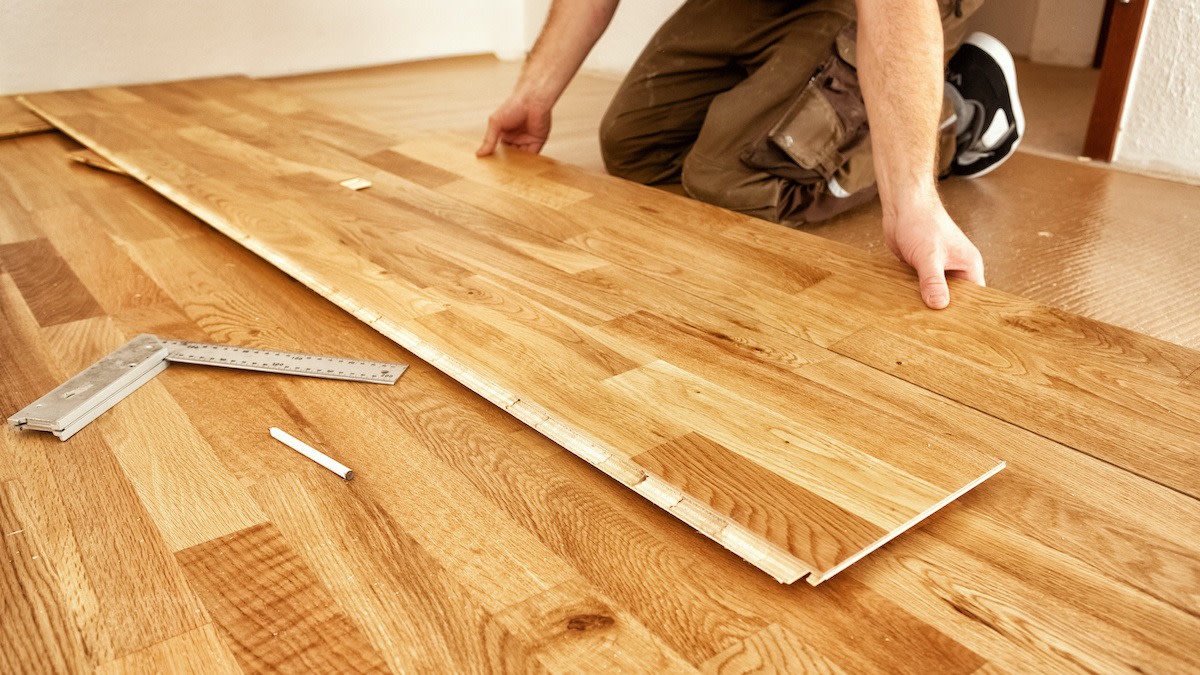Engineered Hardwood vs. Hardwood: What’s the Difference?
Written by MasterClass
Last updated: Oct 7, 2021 • 2 min read
Solid wood and engineered hardwood flooring are versatile and popular choices for many kinds of interior design styles. When comparing engineered hardwood and hardwood flooring, you may want to consider cost, installation, durability, and other factors.
Learn From the Best
What Is Engineered Hardwood?
Engineered wood flooring comprises a plywood or fiberboard core bonded with an outer layer of wood veneer or laminate. Manufacturers produce engineered wood with a prefinished bevel or a wear layer to protect the hardwood veneer layer from dents or scratches.
What Is Hardwood?
Solid hardwood flooring is made entirely from real wood milled into planks measuring two or three inches wide. Customers looking for wood flooring typically choose hardwoods, like hickory, over softwood flooring options because they are more durable.
Engineered Hardwood vs. Hardwood: 4 Differences Between the Flooring Options
When choosing the right type of flooring for a room, you should take note of moisture conditions and the amount of foot traffic you can expect. These differences can help you determine the best wood flooring option to fit your needs and budget. Here are a few other factors to take into consideration:
- 1. Appearance: Engineered hardwood can be a cost-effective way of bringing the look of exotic hardwood species like French oak or acacia into your interior. However, there are potential issues inherent to engineered hardwood’s installation. As is the case with laminate flooring or vinyl planks, it can be difficult to match the grain patterns of engineered hardwood to real hardwoods, resulting in a slightly synthetic appearance to your floor.
- 2. Durability: You can extend the lifetime of your solid wood floors by sanding and refinishing them multiple times. It’s possible to refinish some engineered hardwoods, depending on the thickness of the typically thin veneer top layer. Even the best hardwoods can be prone to warping in humid environments, like basements; however, engineered wood is much more resistant to water damage.
- 3. Installation method: Similar to laminate flooring, engineered hardwood floors are intuitively designed for DIY home improvement install. You can set engineered wood floors in place using the “floating floor” method or glue them directly to the subfloor. In contrast, you install solid hardwood floors, which come cut in plank flooring dimensions, with the use of a nailing gun. Although you can learn and master both installation processes, the installation of hardwood floors takes more skill and experience.
- 4. Material costs: Engineered hardwood is the cheaper option and typically costs between $3 and $10 per square foot, whereas common hardwood averages $8–$10 per square foot. Exotic hardwoods will be considerably more expensive, with cost ultimately depending on the demand for the species. When thinking about overall costs, it is essential to note that real hardwood might be a better long-term investment because of its longevity.
Ready to Give Your Space a Chic Update?
Master everything from color theory to pattern mixing with the MasterClass Annual Membership and exclusive lessons from award-winning interior designers like Corey Damen Jenkins and Kelly Wearstler. From shopping for statement furniture to designing a lighting scheme to choosing the newest member of your plant family, the skills you’ll pick up are sure to make your house, apartment, or condo feel even more like a home.
